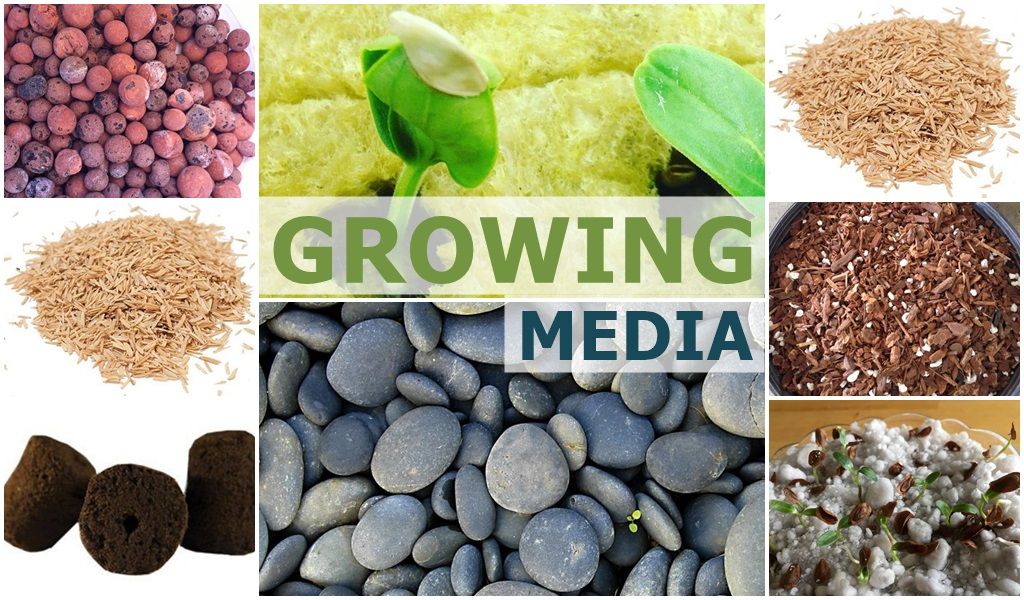To nurture the process of growing plants with hydroponics, people use different types of hydroponic media to support the roots of plants and maintain a good water/oxygen ratio
With the accessibility of so many varieties of grow media to the modern hydroponic gardener, it is pretty difficult to pick out the best one. We have listed the major Types of Hydroponic Media, take a look at them:
- Perlite
As a mined material and a form of volcanic glass, Perlite is formed under strong and rapid heat. It is one of the most preferred methods of Soilless Farming which are usually exploited by traditional gardeners to add aeration to soil mixes. However, having a neutral pH, it is very easy to flow and thus, it is rarely used alone.
Advantages:
- Inexpensive
- Light weighted and reusable
- Air retention
Downsides:
- Creates dust
- Not suitable for certain system.
- Coconut Coir
Usually known as a Coco Peat and ultra peat, Coconut coir is highly organic, highly inert and holds water very well. Being the most efficient growing media for hydroponic, it also has a really good air to water ratio which ultimately saves plants from drowning.
Advantages:
- Great water retention and aeration
- Organic
- Environmental-friendly
Downsides:
- Loses its thickness after several uses
- Does not drain well
- Vermiculite
Vermiculite is a form of hydrated laminar minerals which is processed by exposing the material to extreme heat to enlarge them into clean, odorless pellets. It is the brilliant soilless planting technique as it is non-toxic, sterile, moist-resistant and has neutral pH.
Advantages:
- Holds water and nutrients fairly
Downsides:
- Poor drainage facility
- Risk of suffocating plants
- Rockwool
This sterile, porous medium has extensively used in a recent years, largely on commercial farms. It owns many advantages of an ideal growing media such as microbe immunity, good air and water retention.
Advantages:
- Great water absorption
Downsides:
- No environmentally-friendly
- Not having a pH balance
- Expanded Clay Pellets or leca
Expanded Clay Pellets or hydroton are small round balls which are formed by heating and expanding clays. They are light-weighted but can provide strong support for the plants.
Advantages:
- Sustainable
- Effective air retention
Downsides:
- Comparatively expensive
- Poor moisture retention
- Oasis cubes
Oasis cubes are made from floral foam and contain a good amount of nutrients and air. Having a neutral pH, its cells absorb water and air well as it necessary for seeds or cutting.
Advantages:
- Holds air and water well
- Economical
Downsides:
- Not organic and sustainable
- Can be used for germination and seedling growing phases
Conclusion:
Using these Soilless Hydroponic Media, gardeners now have fewer worries about the threat of soil borne diseases and pests. Also, a small root system will provide the plant exactly what it needs and thus, a plant will focus more on growing upstairs instead of expanding the root system downstairs. Being the ultimate way of Advanced Gardening, it promotes the growth of plants by making them available with all the nutrients and oxygen.

